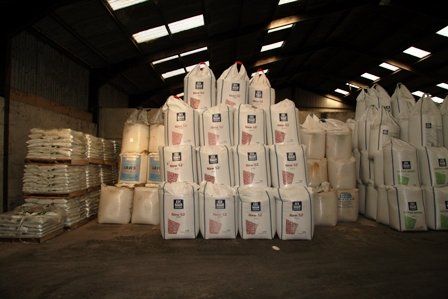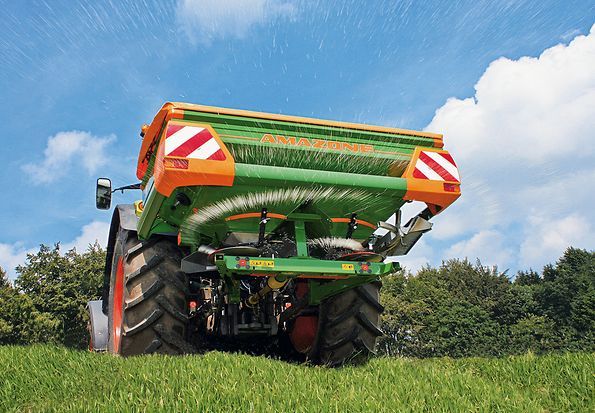FERTILISER TRAY TESTS
FAQ's
Although not currently a legal requirement spreader testing ensures you are getting the most out of your machine. For best results when spreading it is important to achieve an even spread. When NSTS tests are carried out on your machine they confirm the Coefficient of Variation (CV) for each of your products. Carrying out tray tests allows the Examiner to adjust the spreader to gain the best CV possible.
It is essential to ensure the whole field receives the correct amount of fertiliser as both over and under application can cause wastage, increased costs and have yield implications. By having your spreader tested, you ensure your farm conforms to Crop Assurance protocols, keeps fertiliser out of hedgerows, field margins and waterways (see GAEC 1) and prevents Cross-Compliance issues.
What is involved in the test?
General machine checks are carried out followed by a comprehensive analysis on the fertiliser. Finally a tray test is completed to check the evenness of spread.
Who administers NSTS?
The NSTS management board comprises of members from application technology, contracting, farming, crop assurance, training, environmental and government organisations.
Who keeps the records of my test?
Individual test information is entered onto the NSTS database and is kept in accordance with the Data Protection Act.
Where is the test carried out?
Testing can be carried out on your own premises or at any suitable location that is away from watercourses and field margins.
How do I prepare my machine for the test?
Ensure your machine is clean and safe to use and all guards are in place. Have all products available on which you require a spread pattern test to be carried out on.
How often do I need my spreader testing?
The NSTS test is an annual test and best practice is to check all products on a yearly basis.
For more information on fertiliser spreader testing follow this link
Burrington, Umberleigh, North Devon, EX37 9JG | 01769 520279
Washford Mill, Watchet, Somerset, TA23 0JY | 01984 640412
Powered by LocaliQ



